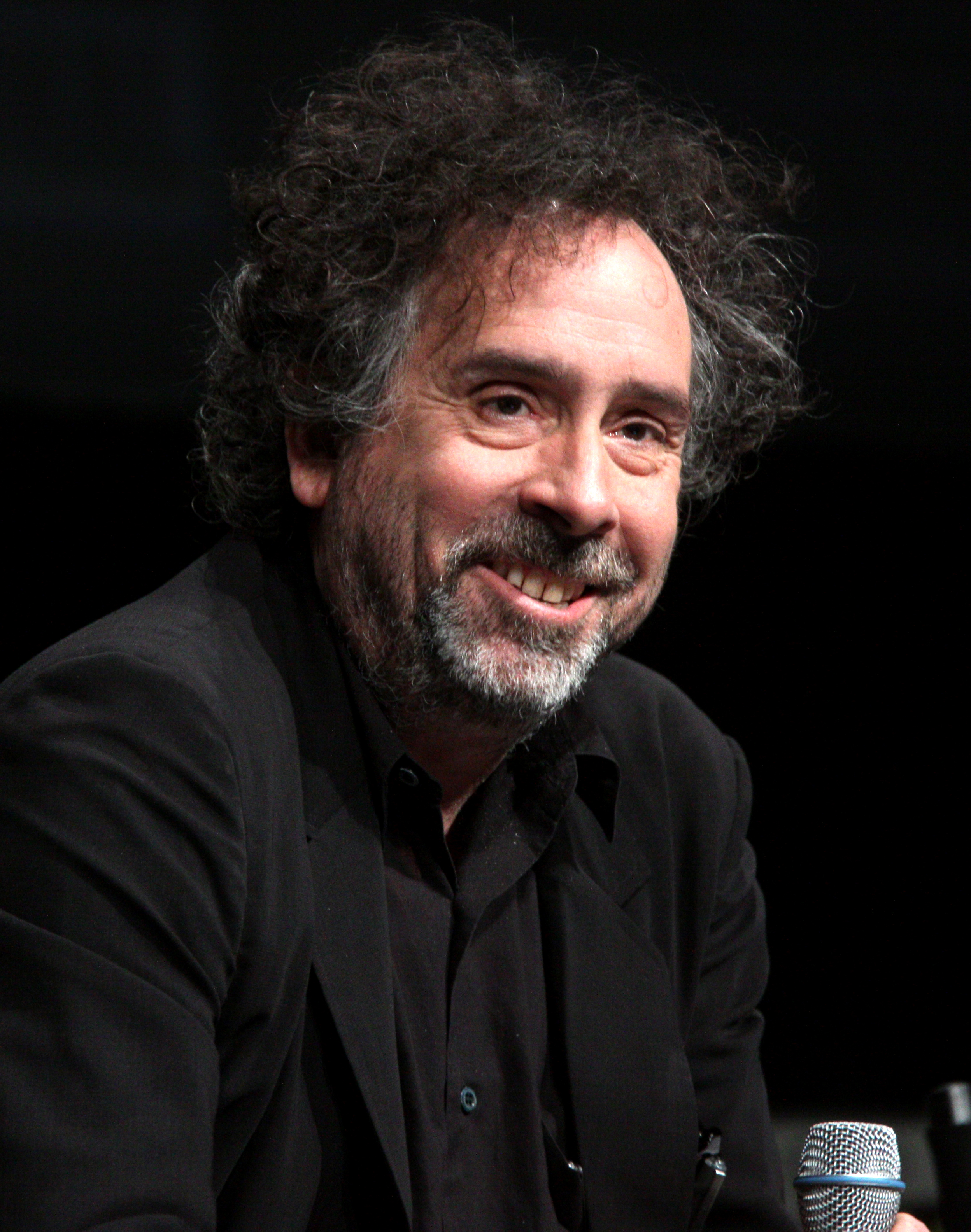After watching the Pringles advert my group made, I asked David a few questions in relation to the video for feedback.
Pringles Advert Interview
Pringles Advert Interview
Target audience: Teenagers
Interviewee: David Lombardo
Age: 16
Q1.What did
you think of the advert?
- The advert was very amusing and entertaining so I didn’t get bored.
- It was innovative and maintained my focus.
Q2. Do you
think it advertised the product well?
-yes, because it
showed it was fun, energetic almost as if it was a party sort of thing.
Q3. How do
you think we could improve it?
- ending was
cut to early, appearing as if it were a glitch, could add on a few more seconds. The background was quite messy in the opening and ending scene, shifting focus from the product.
Q4. What was
your favorite part of the advert?
-when people were
shot out of the cannon, it was very funny.
Q5. What did you think of the music?
- it fit perfectly, the music gave it a more party-like atmosphere and was very energetic. It made me feel like wanting to party.
From the first question I can gather that the length of the advert was appropriate as it kept the audience engaged throughout its entirety, this was purely down to its originality. Pringles has a very well known characterisation for its product, David clearly thought we portrayed this in our advert as he commented on the specific personality of Pringles which is internationally known to be "fun" and "energetic", which were the exact words he used to describe the product in our advert.From this interview we gathered that the ending of the advert was very rushed as David felt it "cut too early". The fact that to David it appeared like it was a glitch shows how the narrative in the ending was very unclear ad too sudden. In order to prevent this we could elaborate the ending more clearly by re-editing it and re-shooting the office scene, clearing the background making sure the focus is only kept on the Pringles can. The end could include the Pringles logo to bring back the Pringles relevance in the advert, reminding viewers of the product.
When asked, David mentioned that his favourite part of the advert was when the people were being shot out of the cannon. This makes me feel as if it was a very successful thing to do because since it added humour to the advert it means people enjoy it more, and usually humorous adverts are more memorable. The music also seemed to be very successful because as it added to the atmosphere of Pringles maintaining its universal persona, which is energetic, fun and lively.


.tiff)


.tiff)
